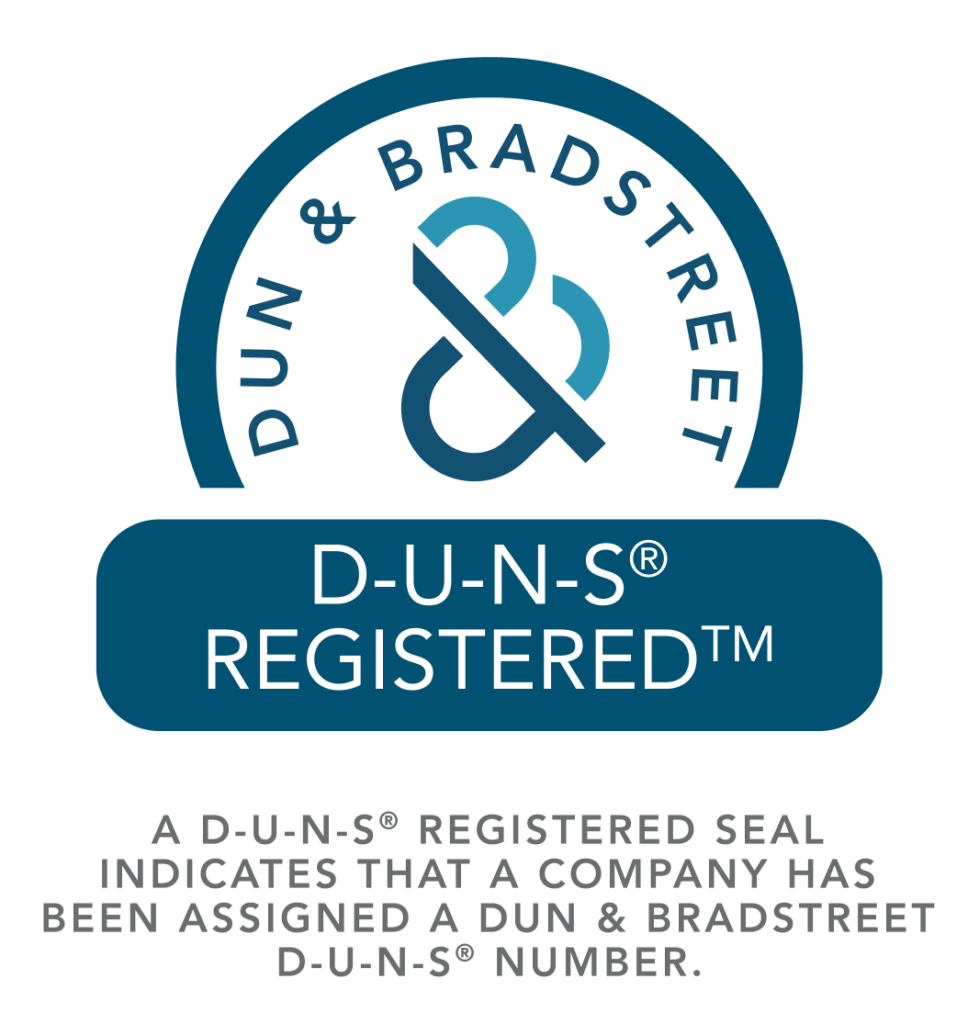STEMROBO is dedicated to fostering AI education for students, offering a platform where they can engage with AI and coding from a young age. Through the innovative AI Connect coding platform, which uniquely provides both Block-Based Python and Textual Python simultaneously, students can explore AI solutions. STEMROBO emphasizes hands-on activities, combining factual and experiential learning. The introduction of Hardware DIY Kits further enhances the learning experience, enabling students to code and create AI projects.
The incorporation of AI into academic subjects is a transformative step in education. AI Connect, recognized as the world’s leading AI and ML learning platform, introduces an interactive and engaging approach to learning complex academic concepts. With modules covering various subjects such as Maths, Science, and English, students can seamlessly integrate programming into their academic understanding. This integration is a game-changer, revolutionizing the educational landscape.
STEMROBO views the CBSE initiative to provide AI education to students in grades 6-8 as a commendable effort. Recognizing AI’s growing significance in the modern world, early exposure equips students with essential skills for future opportunities. Learning AI at a young age not only prepares students for future careers but also cultivates critical thinking, problem-solving, and creativity, essential across various fields.
The integration of hardware tools in AI education adds a practical dimension, sparking students’ interest in AI and enabling them to work on their projects. STEMROBO sees this initiative as beneficial, not only for career preparedness but also for nurturing skills applicable beyond the realm of AI and technology.
STEMROBO aims to collaborate with over 1,000 schools within the next six months to deliver AI curriculum and pedagogy. Such collaborations are poised to significantly impact the education system by providing students access to AI education, even in schools with limited resources. Integrating AI into the curriculum exposes students to a rapidly advancing technology, fostering interest in STEM fields and preparing them for future opportunities in AI.
Furthermore, these collaborations bridge the gap between industry and academia, offering students real-world exposure to AI technologies and practical projects. This approach ensures the development of a workforce well-equipped to tackle future challenges and opportunities, particularly in the dynamic fields of AI and technology.






